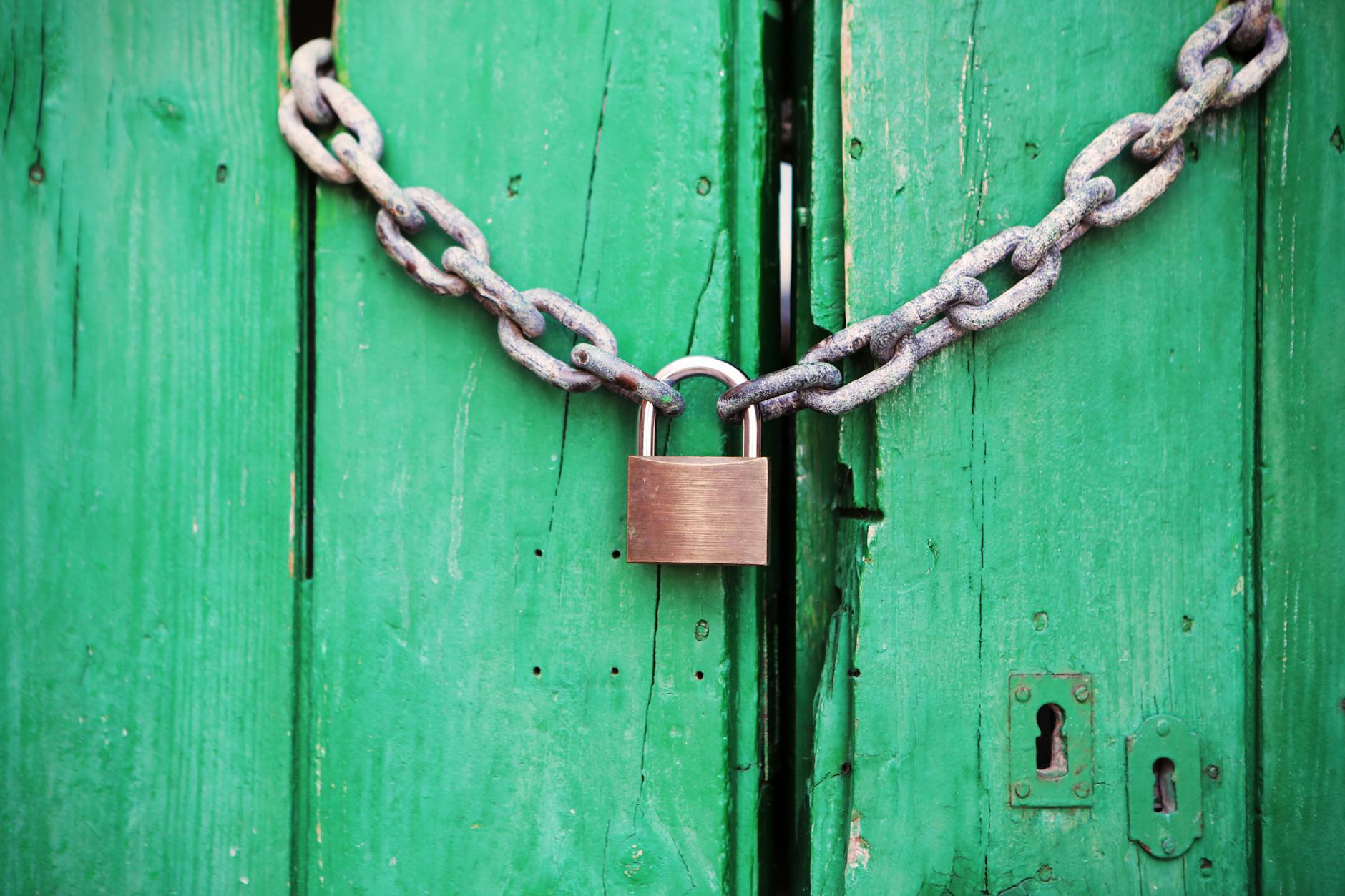I’ve been using DxO for a while now as a RAW converter mainly to handle vignetting, but also for things like highlight recovery. The 4.0 version was great, but the new 5.0 has had lots of bugs, so I haven’t upgraded. Now with a new Canon EOS 5D Mark II, I have to do something as only the 5.0 version supports it. In looking at whether it is fixed, found Popular Photography is now using the DxOMark as a reference for the quality of the RAW image.
As an aside, my old Canon EOS 350D cost $560 and was launched 17 February 2005 (I bought mine mid 2005). It scored a 56.9 out of 100 with subreading showing Low light ISO at 637 and Dynamic Range at 10.8 EV. As an aside, its ISO reading are much more accurate. ISO 800 is really ISO 718. Youa re geting decent dynamic range. Even at ISO 800, you are getting 9.7EV
In comparison the new Canon 5D Mark II rates at 79 out of 100 with a Color depth of 23.7, Dynamic Range of 11.9, but the biggest change is that Low light ISO goes to 1815. Most interesting factoid, when Canon says ISO 3200, the measured ISO is actually more like 2133. At that setting, you are getting 9EV. The sweet spot ISO 800 (which is really 533) giving 10.3 EV.
Since we are competitive people. On the Nikon side, the D40x delivers 63.9 DxoMarks with great dynamic range of 11.5 and low light ISO of 516. And the D700 which is a 12MP full frame is 80.5 with color depth about the same at 23.5 vs. 23.7, Dynamic range a little better at 12.2 vs. 11.9 but most important is low light ISOP at 2303 vs. 1815. But of course, Canon 5Dii has twice the pixels.
If you can afford at $9K camera, the bet one so far is the 24MP Nikon D3x with a DxO Mark of 88/100 with 24.7 Color depth, 13.7 dynamic range and 1992 Low light ISO. The dynamic ranges are just amazing for Nikon.





